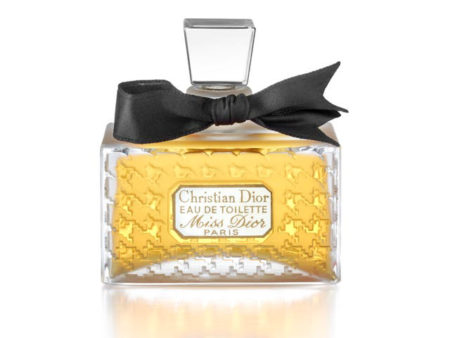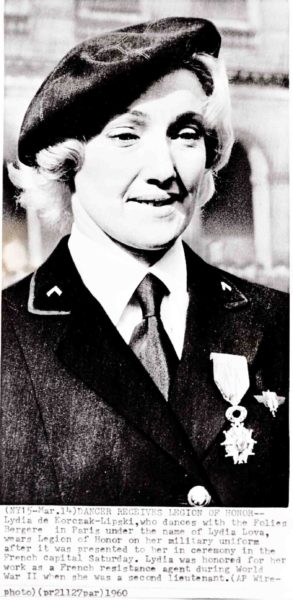Several years ago, I wrote a blog about the famous fashion designer and perfume entrepreneur, Coco Chanel. (click here to read the blog Coco Chanel: Spy or Collaborator?) Today, we will focus on the sister of one of France’s post-war fashion trendsetters, Christian Dior (1905−1957). His famous perfume, Miss Dior, was named after his beloved younger sister, Catherine, who was a French resistance fighter during the German occupation.

Did You Know?
Did you know that shortly after Germany invaded and occupied neighboring European countries there was a widespread concern among the British that the Germans would soon invade England? In fact, Hitler had plans drawn up for the invasion (click here to read the blog OB West and here to read Professor Dr. Six) called “Operation Sea Lion.” The British developed a plan for the defense of their island with a contingency plan for the development of England’s last line of defense. Secret auxiliary units known as “scallywags” were formed by volunteers. These groups of elite fighters were scattered throughout England and Scotland and tasked with sabotaging the Germans as they advanced through the country. These men knew the countryside and were trained in guerilla tactics. One of the strategies was to build underground bunkers where they could lie in wait for the Germans to pass by before emerging to attack. About five hundred bunkers were constructed around England. However, very few have ever been found and when one is found, it is purely by accident. The “scallywag” units were one of the most secretive British operations and the men who signed the Official Secrets Act never divulged their mission, often taking the story to their graves.
The bunkers measured about twenty-three feet long and ten feet wide. You entered through a hatch and exited from a rear hatch. These bunkers were stocked with enough food, weapons, and supplies to last five weeks for the seven soldiers who would occupy the bunker. The men knew that in case of an invasion, their life expectancy would likely be a maximum of two weeks. They recognized they had signed up for a suicide mission.
The few bunkers that have been found remain classified with respect to their locations. The government has converted the bunkers to artificial caves for bats to roost in.
Catherine Dior
Ginette Dior, or better known as Catherine Dior (1917−2008), was born in the coastal town of Granville on the western side of Normandy, south of Cherbourg-en-Contentin, near where the English Channel meets the Atlantic Ocean. Her family was financially well-off and lived in a large home known as Villa Les Rhumbs. She was the youngest child of Maurice and Madelaine’s five children: three brothers (Raymond, Christian, and Bernard) and a sister, (Jacqueline). The two closest siblings (albeit separated by twelve years) were Catherine and Christian. They shared a passion for gardening, art, and music. By the time Catherine was born, the family had moved to Paris, but they kept Les Rhumbs. The economic disaster of the early 1930s destroyed her father’s fertilizer company and after the death of her mother in 1931, Catherine and the rest of her family moved to Provence where her father purchased farm property known as Les Naÿsses near Callian, France. Read More Fashion or Resistance?

